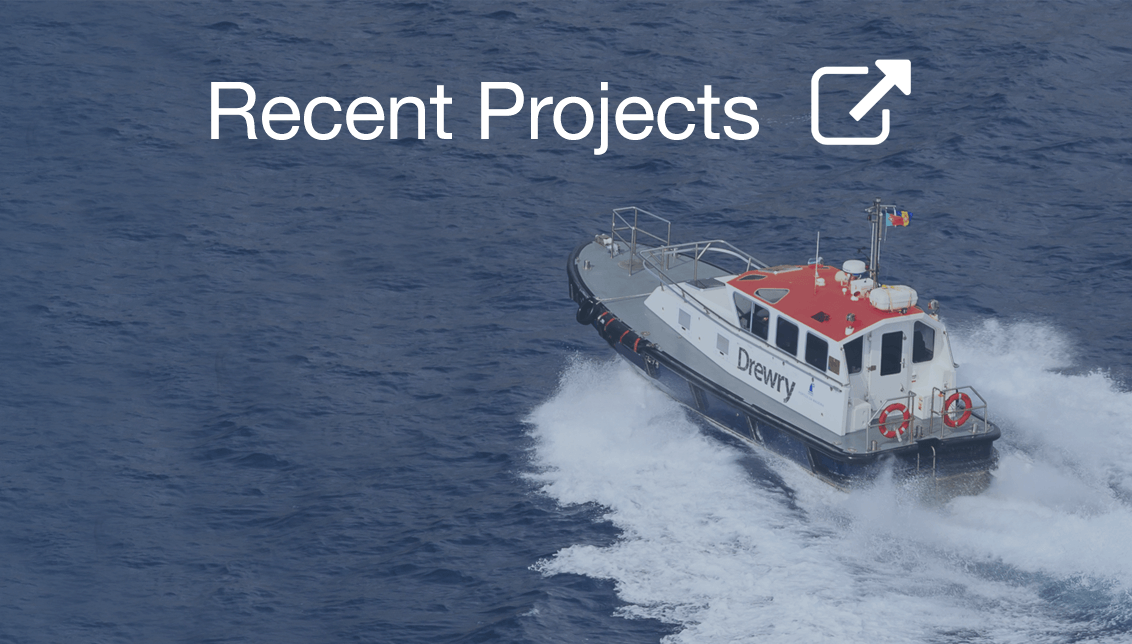Browse Products by Sector
Container ShippingContainer Equipment Assets
Ports and Terminals
Dry Bulk Shipping
Tanker Shipping
Gas Shipping
Specialised Shipping
Multimodal Transport
Logistics Management
Ship Operations and Management
Other popular areas
Browse subscriptions by Sector
Container ShippingPorts and Terminals
Dry Bulk Shipping
LPG Shipping
LNG Shipping
Crude Tanker Shipping
Product Tanker Shipping
Financial Advisory
Valuations
Drewry Financial Research Services Ltd is authorised by the UK Financial Conduct Authority (FCA).
Reefer container freight rates soar but remain outgunned by dry box rates
London, UK, 5th May 2021 – Reefer container freight rates have risen sharply this year but remain far outgunned by the inexorable rise in dry box pricing, according to Drewry’s newly launched Reefer Shipping Forecaster report.
Drewry’s Reefer Container Freight Rate Index, a weighted average of reefer freight rates across the top 15 reefer intensive trade lanes, jumped 26% in the first quarter, on a seasonal uptick in cargo demand and rising bunker surcharges. This was its highest level since the Index was launched in 1Q17 and rates are expected to rise further through the second quarter. However, these increases are modest compared to the inexorable rise in dry freight rates, as illustrated in the chart below.
“Tight container equipment availability and a shortage of slot capacity have been key drivers in forcing up freight rates, as a recovering reefer trade has struggled to compete for space with higher paying dry cargo traffic,” said Drewry’s head of reefer shipping research Philip Gray. “Despite record levels of reefer container production in 1Q21, Drewry expects equipment availability to remain tight over the next few years.”
Evolution of reefer container freight rates compared with dry rates

Meanwhile, container supply chain disruption has greatly increased demand for specialised reefer ships, driving time charter equivalents above the 100 cents/cft/30 days threshold, representing the strongest period of trading in a decade. Indeed, trade for these vessels is so buoyant that Drewry expects the fleet to expand this year, breaking a 20-year declining run, though contraction is anticipated to continue thereafter.
Meanwhile, the recovery in seaborne perishables trade is expected to be muted this year by the Fusarium TR4 disease afflicting banana production. Worldwide shipments rose just 1.8% in 4Q20 and growth has slowed further since. Over the last 12 months the Philippines, the second largest banana exporter, has been notably affected by the diseases, where exports contracted by as much as 18% in 2020. More recently Peru has reported an outbreak of Fusarium, which has led to a state of high alert not only in Peru itself but in neighbouring Ecuador, the world’s biggest banana exporter.
After contracting 0.4% to 130 million tonnes in 2020, Drewry expects the recovery in seaborne reefer traffic to be limited to 2.7% this year, before accelerating thereafter to an average annual growth rate of 4%. Decline in the size of the specialised reefer vessel fleet will see containerised perishables traffic expand at a faster pace over the medium term, to a rate comparable with the dry cargo trade.
“Despite modest cargo growth this year, reefer container freight rates are advancing further through the sector’s peak season and are expected to remain high through much of the year, supported by continuing disruption across the container supply chain. The same drivers will continue to buoy specialised vessel charter rates,” concluded Gray.
Further Information
Reefer Shipping Forecaster annual subscription provides quarterly updated data and analysis on the reefer shipping market, including detailed trade data and analysis on key reefer commodities and key information on investment opportunities in areas such as container equipment, specialised reefer vessels and terminal handling infrastructure.
Click here to find out more about this report as well as view/download your evaluation copy of the quarterly report.
© Copyright 2024 | Drewry Shipping Consultants Limited. All Rights Reserved. Website Terms of Use | Privacy Policy


